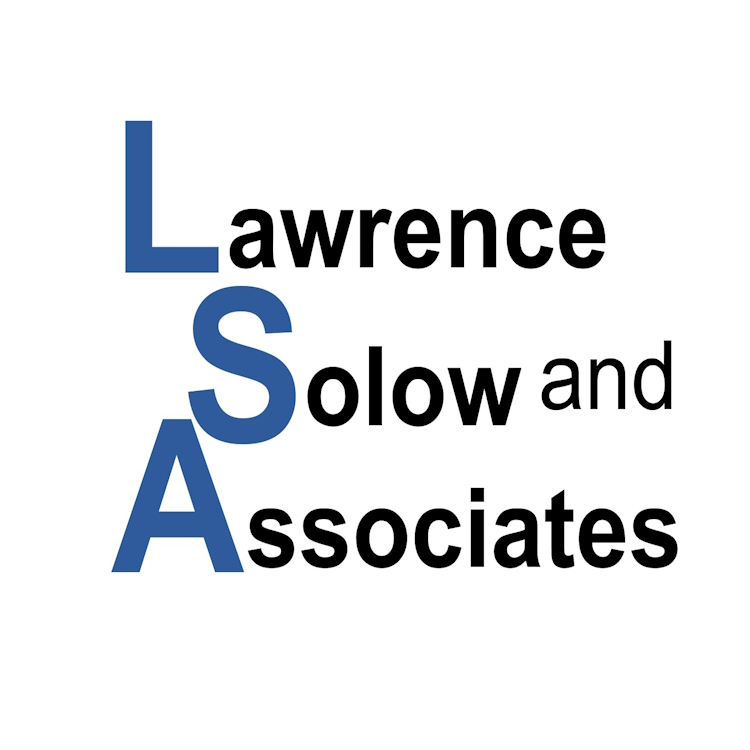Here is an essay I wrote in 1998. In these days of continuous change, it seems even more appropriate than it did then.
Ever notice how often people say, “I’m really looking forward to getting closure on this topic.” Closure is a good thing. It provides a sense of finality; of a chapter closed, a mission accomplished. In a world where we juggle so many balls at the same time, each act of closure is a small victory. And victories are important.
Have you notice that its opposite, “opensure” is not a word that’s used (if it is a word at all!)? In the spirit of equal time and of stretching paradigms, I’d like to present a case for opensure.
“Opensure,” as the name suggests, implies a sense of openness; a continuing receptivity to new input. The opposite of closure, opensure is about “hanging out for a while to see what develops.” Opensure is about curiosity. Opensure is about learning.
Chaos theory, complexity theory, and psychology deal with opensure issues, although they are called something else. Margaret Wheatley, in her book Leadership and the New Science, discusses the (very normal) drive for closure. Meg argues that the challenge of the 21st century leader is to resist the urge for closure, recognizing that the confusion and ambiguity and uncertainty of an unresolved situation provides a tremendous opportunity for creative, paradigm-changing solutions.
Denise Easton and I created the Complexity Space Model to provide a map and tools for navigating complex adaptive systems. These systems (think organizations) do not operate like linear, “well oiled machines.” Rather they are constantly emerging, self-organizing, and adapting. In such an environment, the ability to remain agile, nimble and learning is essential to survival and prosperity. “Opensure” becomes a critical skill.
The Myers-Briggs Personality Type Indicator (MBPTI) provides awareness and a vocabulary to help individuals distinguish between different personality types. One of the four dimensions that the instrument measures regards evaluating individuals along a continuum between “judging” (J) and “perceiving” (P). “Js” tend to make strong and rapid evaluations of data and experience and to articulate those positions strongly. They want closure. “Ps” tend to resist making decisions, preferring instead to seek and analyze additional data and experience. The theory underlying the MBPTI states clearly that both preferences are “right.” “Ps” would seem to prefer opensure. Myers and Briggs point that being sensitive to one’s own preference and to the possibility and potential of a different preference in others helps to promote mutual understanding. When the two different preferences are melded together constructively, significant synergies are possible.
“Deciding to decide — or not to . . . that is the question.” As individuals and organizations become increasingly aware of the critical need for continuous learning and growth, cultivating a healthy sense of opensure will become one of the success strategies of the 21st century.
